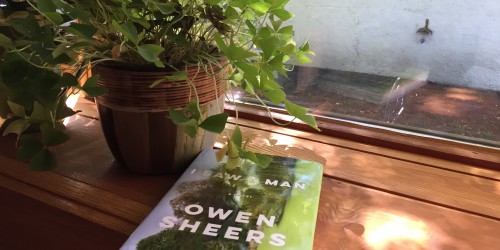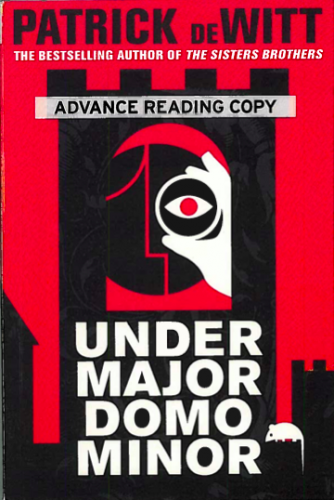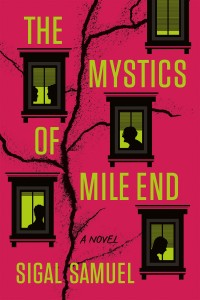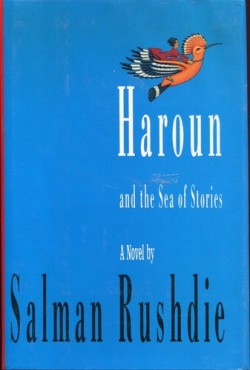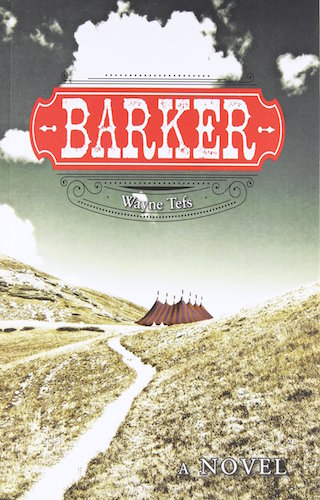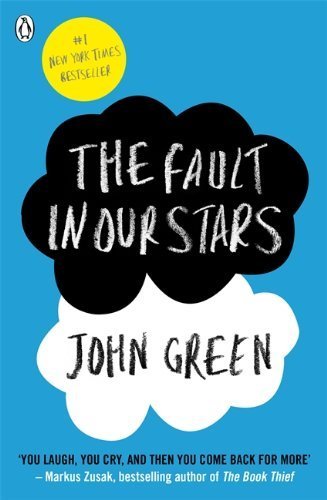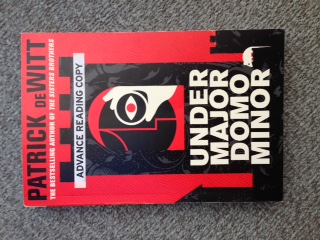
Patrick deWitt, the bestselling author of The Sisters Brothers, delivers another knockout novel. Undermajordomo Minor is about Lucien (Lucy) Minor and his absurd employment at Castle Von Aux. The deranged castle master, Baron Von Aux, rambles around in the dark eating rats. The Baroness has disappeared. Nearby soldiers are at war over an unidentified idea. And the villagers Lucy meets are thick as thieves, figuratively and literally. Oh, and he falls in love.
Whereas The Sisters Brothers was a darkly comic, Western-inspired novel, Undermajordomo Minor is a darkly comic, orphan story/Gothic romance. Lucy leaves home shortly after his father’s death, and although he had two parents growing up, it seems they were lacking in parental affections. Lucy sets out on his own to make his fortune, or at least to turn his fortunes. He’s cheated death and been given the chance to do something interesting. It’s Oliver Twist meets Harry Potter (without the magic). Castle Von Aux and Lucy’s love interest Klara provide the Gothic romance elements. There’s a spooky castle with a general curse about the place, inclement weather and downtrodden villagers, a few marginally threatening mysteries (like what happened to Lucy’s predecessor Mr Broom), and Lucy himself as the fainting heroine.
One of my favourite scenes is between Lucy and his boss Mr Olderglough. They need to locate the Baron, tidy him up and make him suitably presentable to the Baroness and her guests. Mr Olderglough believes that trapping the Baron and knocking him on the head is the best solution. Lucy counters.
Quote:
“And what next, I wonder?”
“After he’s been knocked unconscious, then shall we bring him to his chambers and manacle him to his bed. Next we will force-feed him, and bathe him, and shave him, and cut his hair and strive to resurrect his interest in sophisticated society.” Mr Olderglough rubbed his hands together. “Now, what do you think of it?”
Lucy said, “I think it is somewhat far-fetched, sir.”
“Are you not up for it?”
“I’m not, actually, no. And to be frank, sir, I don’t believe you are, either.”
“What sort of attitude is that? Let us rally, boy.”
“Let us come up with another plan.”
“Let us look within ourselves and search out the dormant warrior.”
“Mine is dormant to the point of non-existence, sir. There is no part of me that wishes to lay nakedly abed and await that man’s arrival.”
“I tell you you will not be alone.”
“And yet I shall surely feel alone, sir.”
Mr Olderglough looked down the length of his nose. “May I admit to being disappointed in you, boy.”
“You may write a lengthy treatise on the subject, sir, and I will read it with interest. But I highly doubt there will be anything written within those pages which will alter my dissatisfaction with the scheme.”
I remember The Sisters Brothers being funny and engaging right from page 1 but it took me a bit longer to get into Undermajordomo MInor. That said, this novel is just as crazy as the last. It’s very hard to stop turning the pages once you’re into it. I hope it secures as many well-deserved awards and honours as his last novel. Watch for this title!
You’ll like Undermajordomo Minor by Patrick deWitt if you liked his previous titles Ablutions and The Sisters Brothers, or if you enjoy the humour of tv shows and movies like Father Ted and The Good, the Bad and the Ugly. There’s something wonderful and absurd about it all.
Both the hardcover and digital edition are available from the publisher House of Anansi, Amazon.ca and independent booksellers like McNally Robinson.
